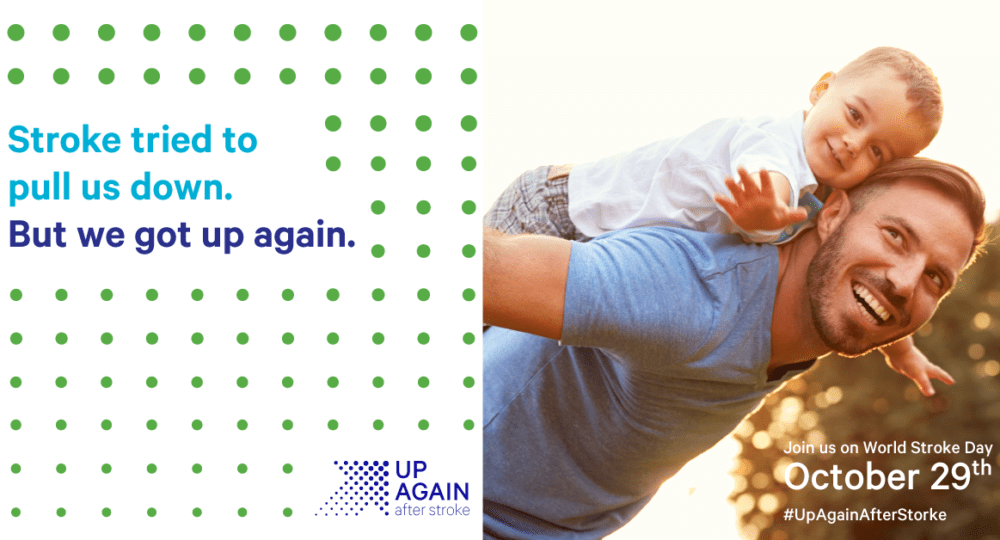World Stroke Day is observed on October 29, 2018 to draw attention to the serious nature and high rates of stroke, raise awareness of the prevention and treatment of the condition, and ensure better care and support for survivors. 80 million people in the world have had a stroke. 1 in 6 of us will suffer a stroke in our lifetime. Stroke is a leading cause of death around the world, responsible for more than six million deaths every year.
Warning Signs of Stroke
- Sudden numbness or weakness of the face, arm or leg, especially on one side of the body
- Sudden confusion, trouble speaking or understanding
- Sudden trouble seeing in one or both eyes
- Sudden trouble walking, dizziness, loss of balance or coordination
Learn How To Prevent A Stroke
- Know your personal risk factors: high blood pressure, diabetes, high blood cholesterol, atrial fibrillation and other heart conditions, pregnancy, use of birth control pills or hormone replacement therapy, tummy fat particularly when combined with high triglyceride levels.
- Be physically active and exercise regularly.
- Maintain a healthy diet high in fruits and vegetables and low in salt and keep blood pressure low.
- Limit alcohol consumption.
- Avoid cigarette smoke. If you smoke, seek help to stop now.
- Learn to recognize the warning signs of a stroke.
Health Risk For Women
Stroke is now emerging as a major health risk for women. Women are more likely to experience non-classical or vague symptoms, which often go unidentified, even by medical professionals. These include:
- Fainting
- Headaches
- Chest and/or Limb Pain
- Nausea
- Heart Palpitations
- Gasping or Inability to Catch a Breath
- Hiccups
- Overall Feeling of Weakness
Women are also less likely to seek medical treatment promptly, even when the more obvious symptoms of a stroke are occurring. For this reason, they may not receive life-saving medication as quickly as men will. Women can cut the risk of stroke by more than half by adhering to a healthy diet and lifestyle.
Early Recognition
You should never wait more than five minutes to dial 9-1-1 if you experience even one of the signs above. Remember, you could be having a stroke even if you’re not experiencing all of the symptoms. And remember to check the time. The responding emergency medical technician or ER nurse at the hospital will need to know when the first symptom occurred. Early recognition makes a big difference. When you know the signs of stroke, the life you save could be your own or someone else’s.
Learn to spot a stroke F.A.S.T. (Face drooping, Arm weakness, Speech difficulty, Time to call 911). Your life is in your hands!
Get involved at worldstrokecampaign.org or worldstrokeday.strokeassociation.org





